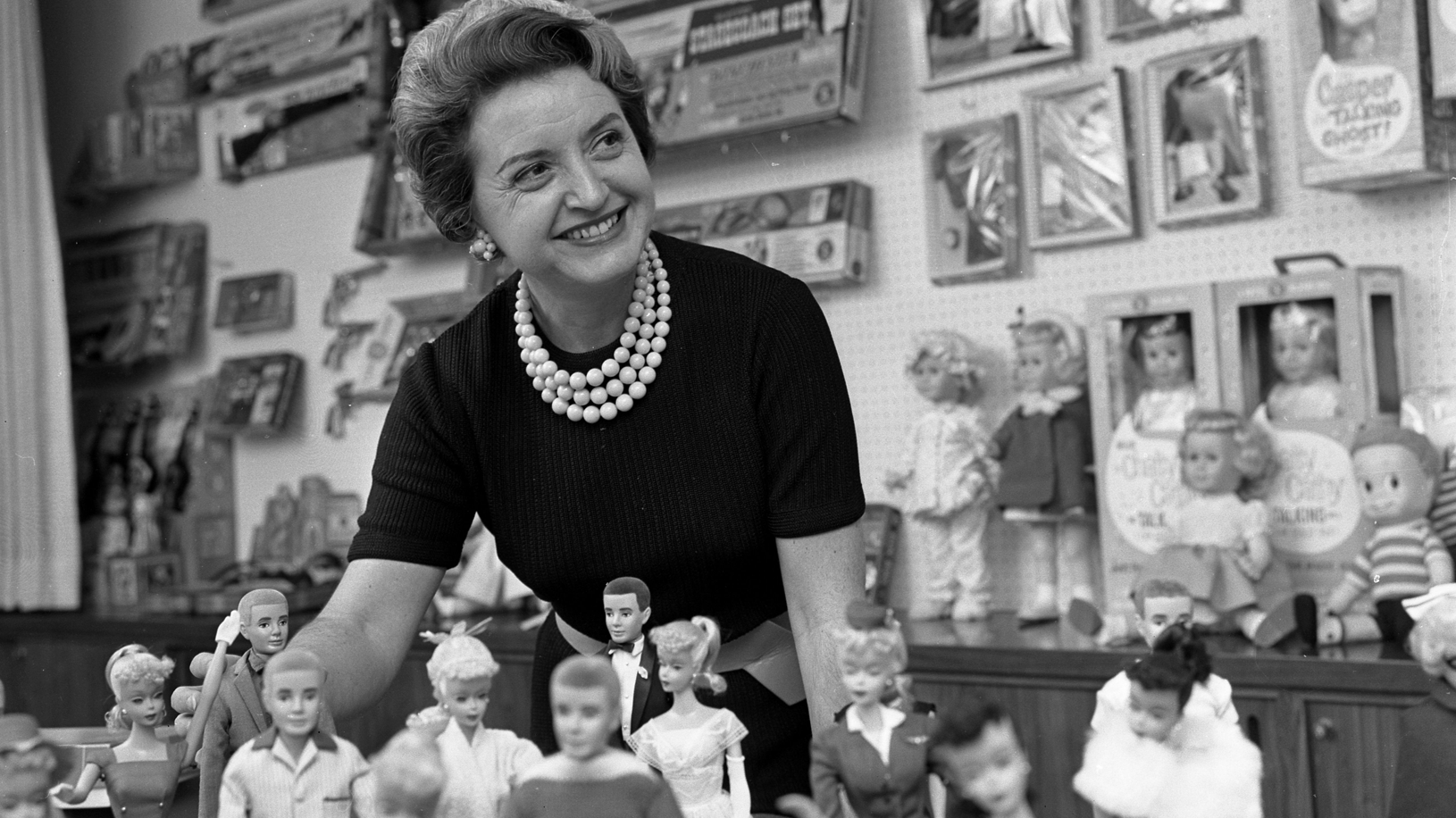
University of California, Los Angeles. Library Special Collections | CC BY 4.0
Ruth Handler, executive of Mattel Toy company, posing with collection of Barbie dolls, May 7, 1961



GRADE LEVEL: Elementary School, Middle School
COMMON CORE STANDARDS: Reading, Writing, Speaking & Listening
SEL STANDARDS*: Self Awareness, Social Awareness, Relationship Skills, Responsible Decision-Making
Barbie is a toy doll that was created in 1959 by businesswoman Ruth Handler, who co-founded the toy company Mattel with her husband. The first Barbie doll debuted at the New York Toy Fair in March 1959. Handler didn’t want Barbie to be portrayed only as a wife and mother, but also as a "career woman.” Barbie sold 300,000 dolls in that first year and quickly became a household name and its success continued from there. Over the years, Barbie has changed and evolved. The toy company has made various attempts at diversifying the doll in terms of race, ethnicity, disability, body size, etc. to be more inclusive and more reflective of our diverse society. The topic of Barbie raises issues of identity, diversity, representation and bias and the 2023 release of the film Barbie has ignited much public conversation and social commentary on the topic.
This lesson provides an opportunity for students to learn more about Barbie, reflect on their own experiences and opinions about Barbie, explore whether Barbie reflects our society and consider what identities may be missing from Barbie’s collection.
Learning Objectives:
Use our Sutori version of this lesson for direct student learning.
*Based on CASEL's SEL Framework